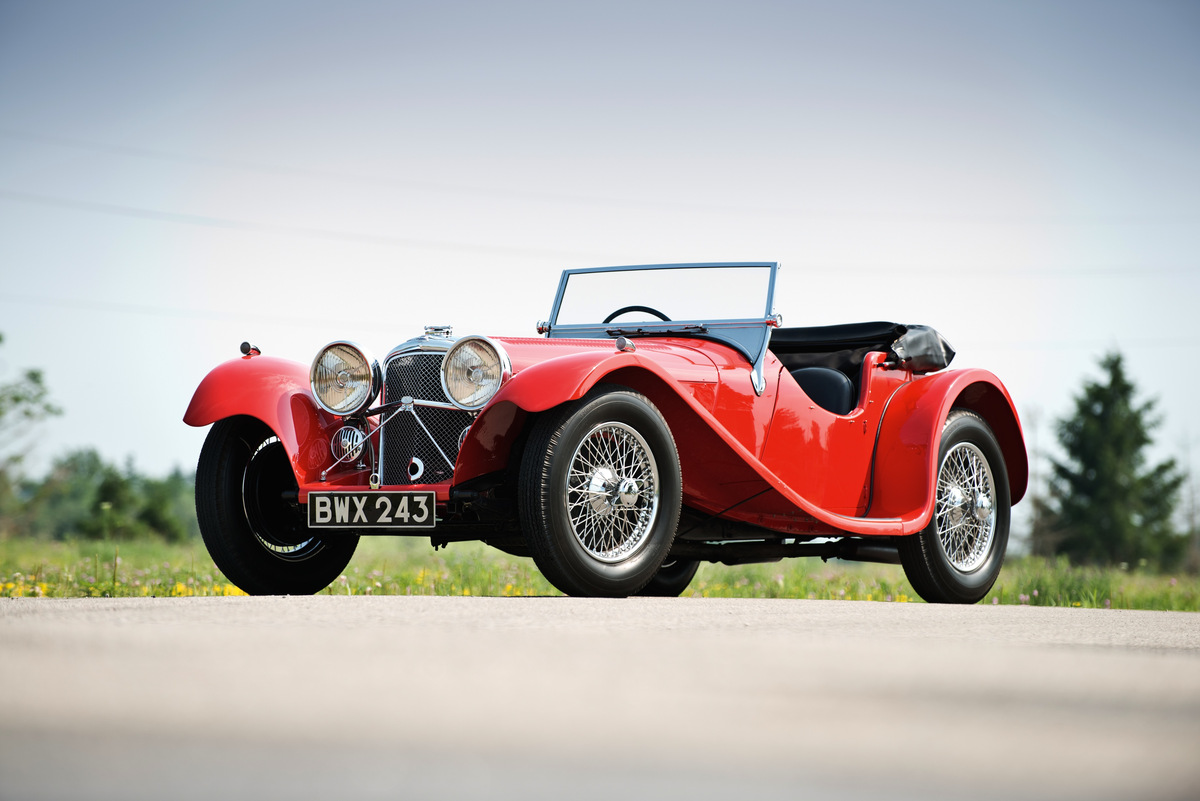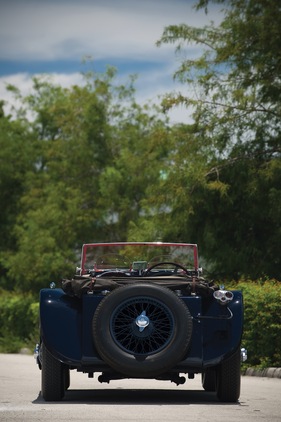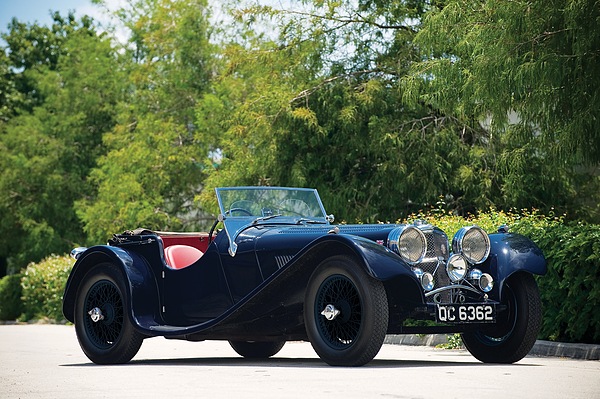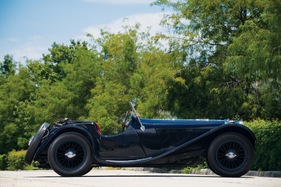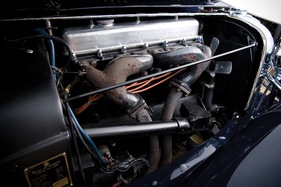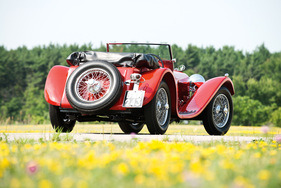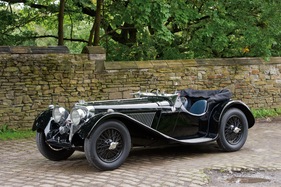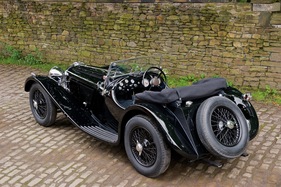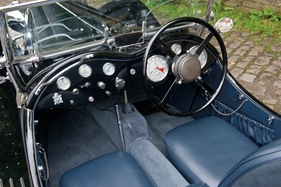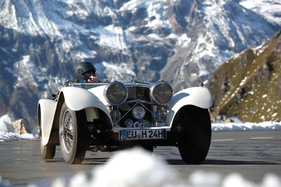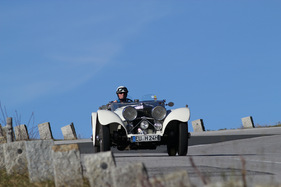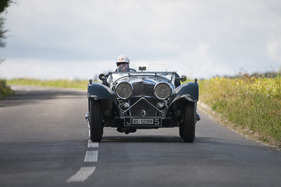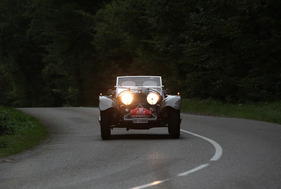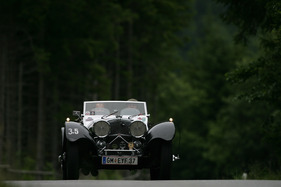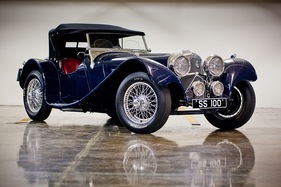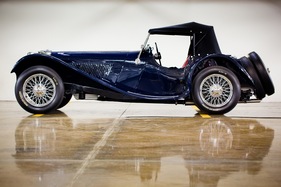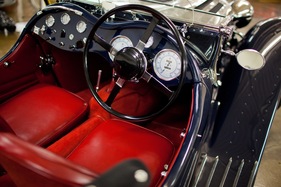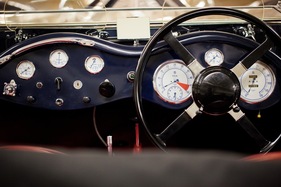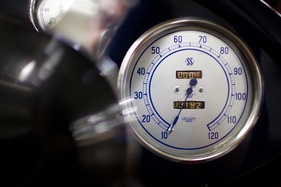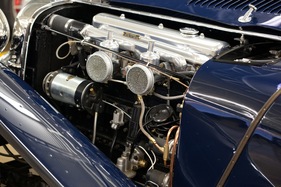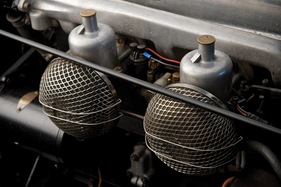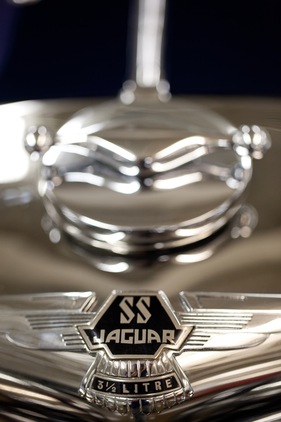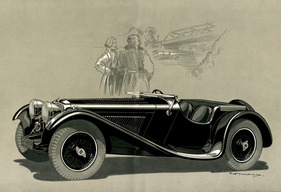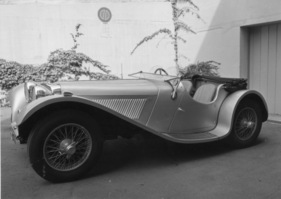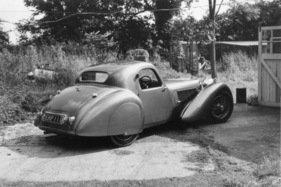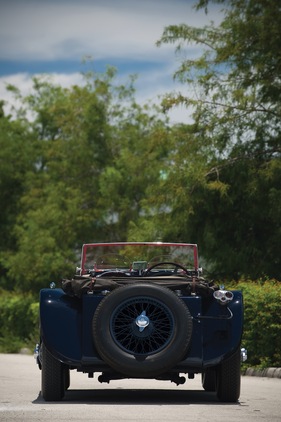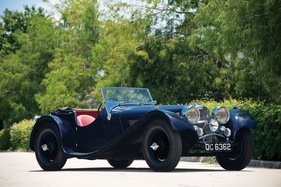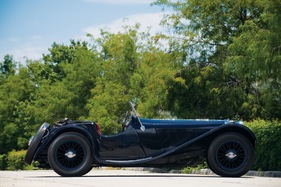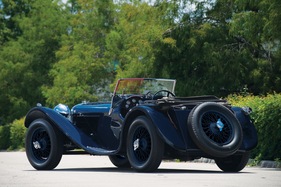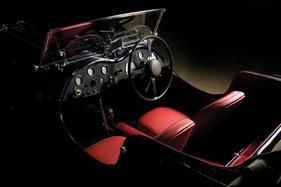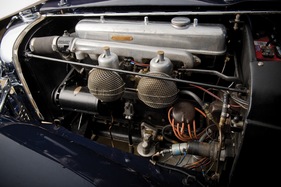Birth of a cat - History of the SS Jaguar 100 and its predecessor P.S. 90
Summary
In 1935, S.S. Cars Ltd, Coventry, was an active but still small manufacturer of sports car-like vehicles. However, the S.S. 90 catapulted the company straight into sports car heaven and the SS 100 cemented its reputation for being able to offer competitive sports cars at a fraction of the price of other top products. Although only a few hundred examples were built, today the SS 100 (and its predecessor) is one of the best-known pre-war vehicles of all time. In this report, the author summarizes the history of the SS Jaguar 100. The review is illustrated with present-day and historical photos as well as four original sales brochures, which are rarely seen.
This article contains the following chapters
- The leap forward - S.S. 90
- The SS Jaguar 100
- Weslake and Heynes
- From the S.S. to the Jaguar
- Comfortable interior
- The 3 1/2-liter
- Post-war successes
- Until today
- High survival rate
Estimated reading time: 10min
Preview (beginning of the article)
In 1935, S.S. Cars Ltd, Coventry, was an active but still small manufacturer of sports car-like vehicles. The "S.S." stood for "Swallow Sidecar". It created its vehicles on the basis of components purchased from the standard factories. Although the S.S. I and S.S. II looked "fast", their performance and driving characteristics hardly exceeded those of a good family car - even of that provenance. The decisive turning point towards the production of top-class sports and touring cars, the attributes that we associate with the name Jaguar today, came in March 1935 when William Lyons, the founder and Managing Director, announced the S.S. 90. "The S.S. 90," it read in "Autocar", "is designed to be suitable for racing purposes without any doubt." Although this was not to be the case, the chassis and suspension exceeded what could be expected of a "normal" sports car in the mid-1930s. Although still side-steered, the 2.6-litre 6-cylinder engine with around 80 hp helped the vehicle, which weighed barely 1000 kg, to achieve performance that was impressive: 18 seconds from 0 to 100 km/h - and with very good elasticity - was far below the norm.
Continue reading this article for free?
Photos of this article

